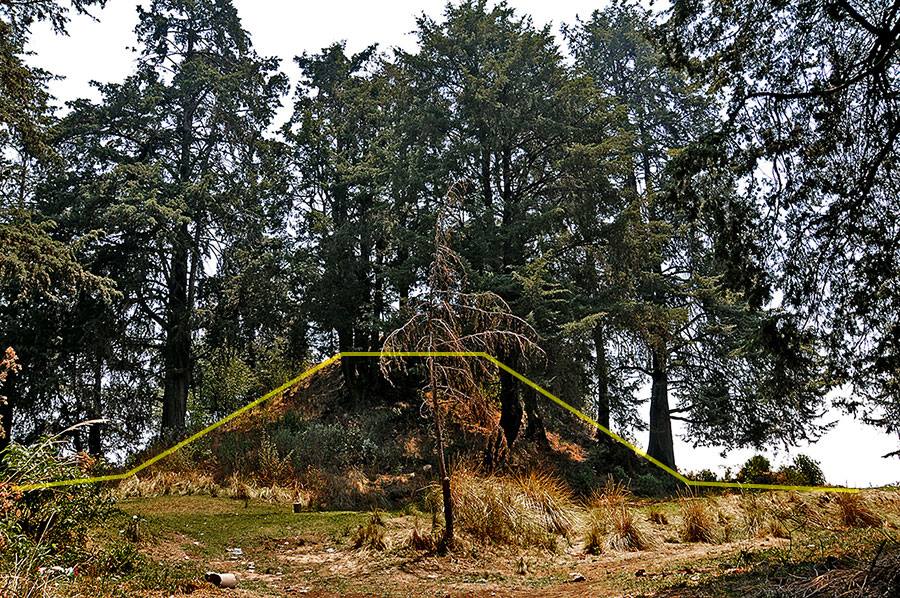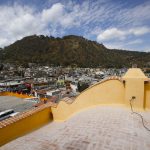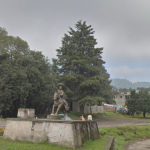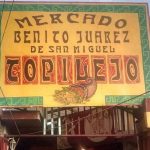
The Tequipa Pyramid is a little known archaeological site in one corner of Santo Tomás Ajusco in Tlalpan. Technically, the site dates from the late postclassic period. That’s between 1325 and 1521. But perhaps more interestingly, the site dates from after the fall of Azcapotzalco and before the arrival of the Spanish in 1519. That’s to say, it was built by Tepanec peoples who fled the Mexica advance on their city-state with the ascendance of the Triple Alliance.
Concerned residents of Santo Tomás Ajusco are the only ones to sometimes tend to the site. It remains abandoned and deteriorated though it’s a local point of pride. Visitors are expected to show appropriate respect. The site has been violated, probably in the 20th century, by looters who have damaged some parts of the pyramid. This was made still worse by those seeking cut stone for building materials.
Organized excavations in the area have revealed burials and the remains of ceramics and offerings. The pyramid’s eastern side includes a stairway. The removal of stones, probably for local building, damaged through the removal of stones.
While the site was undoubtedly a ceremonial center for some part of the 14th century, today it’s more a point of pride for some of Ajusco’s oldest residents. Atop the pyramid, some archaeologists have claimed a carved figure once stood. This would have overlooks a famous ceremonial stone chest. The “Cuartillo” today stands in the atrium of the Church of Santo Tomás Ajusco.
The people of Ajusco gained rights to their ancestral lands in 1609 at the pen of Philip II. New Spain was but some 90 years old at the time. Even then, the Tequipa Pyramid served as a reminder of the people’s past in Azcapotzalco, and its present, in and among the hills surrounding the Ajusco mountain.

Nearest at 0.98 kms.

Nearest at 1.64 kms.

Nearest at 2.35 kms.

One of Tlalpan's most remarkable volcano-side towns...

A monument along the bikeway takes on new meaning for cyclists heading to Morelos.

One of Mexico City grandest of national parks, Ajusco has something for everyone.

A homey little town on your way to the park, this Ajusco may be the most classic pueblito in Mexico City.

Everything you could want in a small town market, but fresher, healthier, and ready to eat.